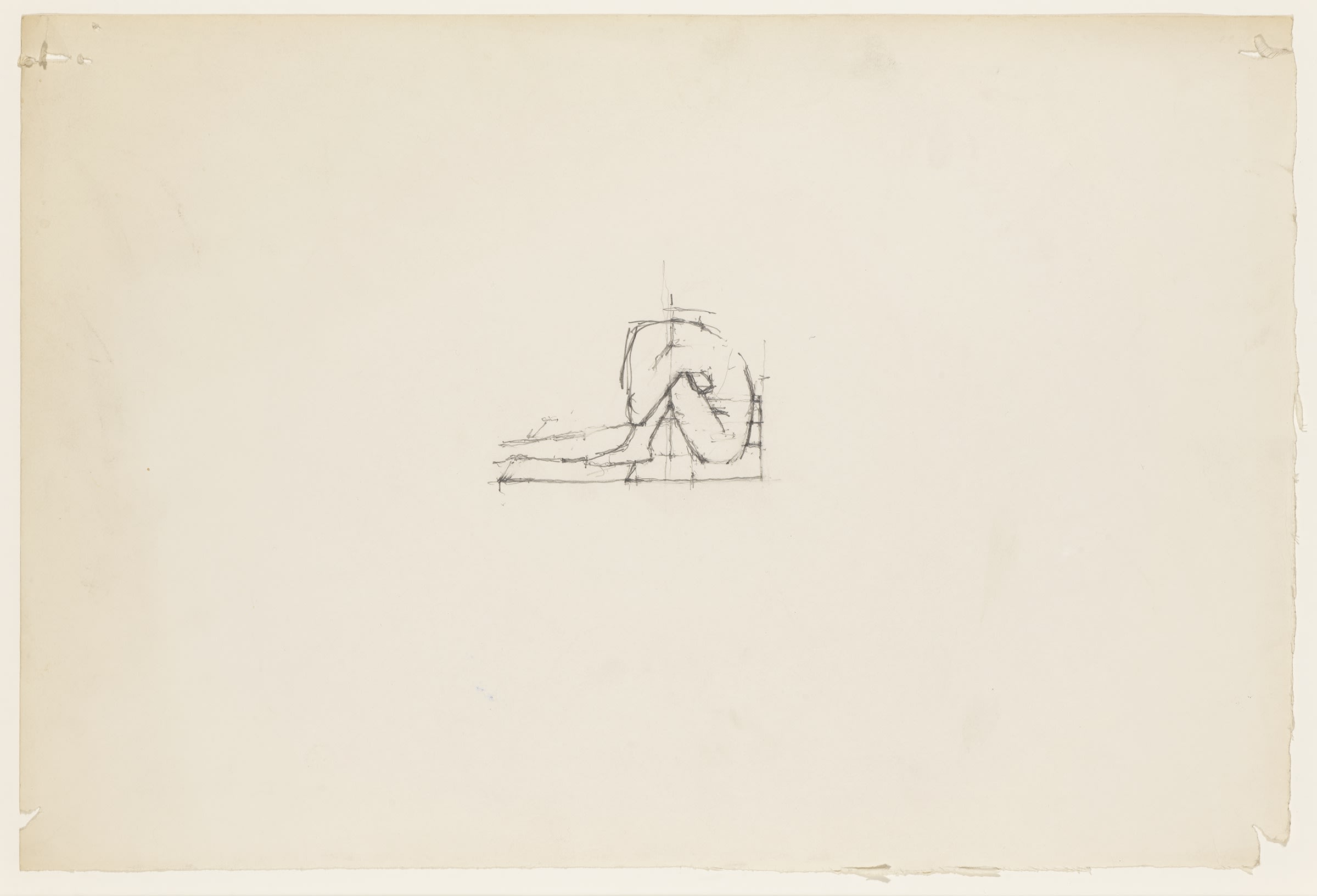-

-

-
One of the most significant figurative painters of 20th century British Art, Euan Uglow (1932-2000) is renowned for his meticulously constructed works. Born in South West London, Uglow began his formal art training at Camberwell School of Art (1947-50) and went on to complete his education at the Slade School of Fine Art (1950-52) where he studied under William Coldstream, an artist who would prove hugely influential in his rigorous approach to painting. Uglow was quickly recognised as a prodigious talent, winning the Slade’s first prize in figure painting and a scholarship to travel to Spain. During these formative years, he was heavily influenced by the Euston Road School founders, William Coldstream, Victor Pasmore and Claude Rogers, as well as fourteenth century Italian painting and the sculptor Alberto Giacometti.Rare and exceptional masterpieces bring to light an integral element of Uglow’s practice: the nude as an essentially formal problem. The privately owned The Diagonal (1971-77) and Root Five Nude (1974-75), alongside Curled Nude on a Stool (1982-83) on loan from Ferens Art Gallery museum, present Uglow’s masterful placement of bodies and limbs, unremittingly measured over his lengthy painting process.
-
In the exhibition catalogue, Celia Lyttelton revisits her experience sitting for Uglow as the model for Curled Nude on a Stool. Lyttelton was introduced to Uglow by the artist, Cragie Aitchison, when she was twenty-one. Describing Uglow as monk-like, fiercely dedicated to his practice, and audaciously social in equal measure, the process of sitting 'was a physical endurance test, like those of a sadhu practising Ashtanga yoga'. Models cultivated strong relationships with Uglow throughout the demanding process in which both model and artist were tied.
-
-
 Marigold, 1969. Oil on canvas.
Marigold, 1969. Oil on canvas. -

Drawing lies at the centre of Uglow’s practice and the works on display demonstrate the economy of line with which the artist captured mass and volume. Working from a fixed point marked on the floor, Uglow began his exacting process involving countless pictorial investigations before fixing the figure onto canvas with 'a form he could trust'. Raw traces of this programmatic and mathematical process emerge from the surface of the drawings, including a study for Double Square (1999-2000), a painting now in the Yale Centre for British Art collection.
-
-

-

22 May - 19 July 2024


























